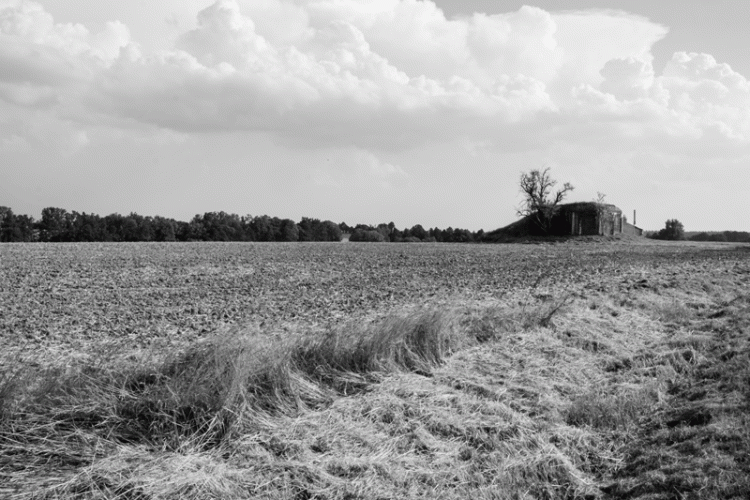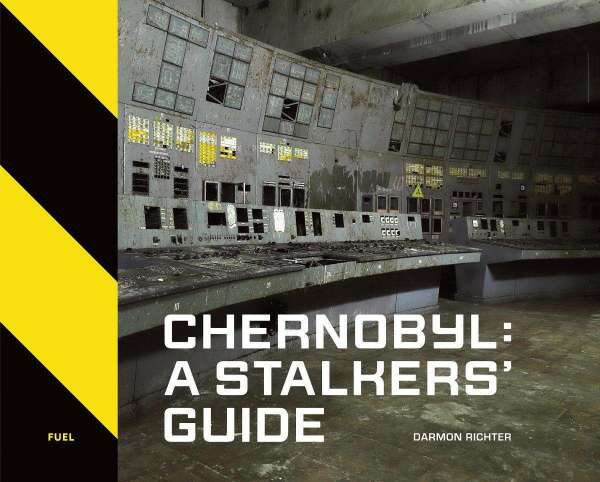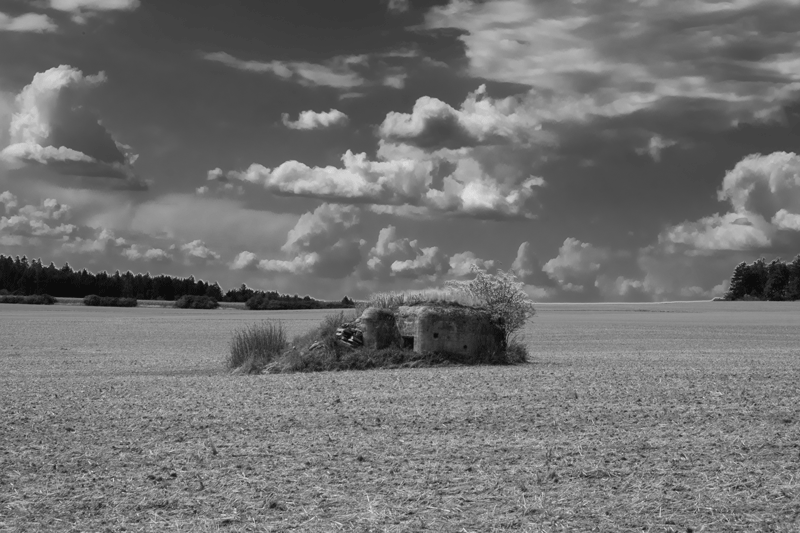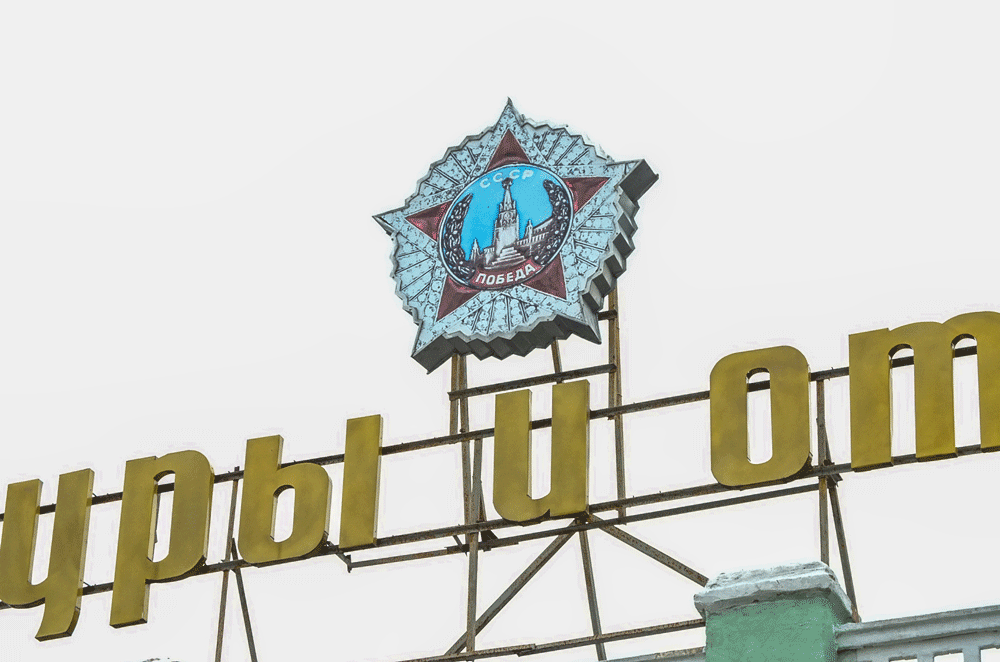Chernobyl as a space of tourist practices in the field of ‚Dark Tourism‘ and ‚Heritage Tourism‘
Some reflections on Darmon Richter’s approach in ‚Chernobyl: A Stalker’s Guide‘ The Chernobyl disaster The Chernobyl nuclear disaster occurred on April 26, 1986, in reactor block 4 of the Chernobyl nuclear power plant near the city of Prypyat. It was the first event to be classified in the highest category of ‚catastrophic accident‘ (INES 7)…
Czech Moravia | Bunkers – hidden and forgotten
At Slavonice take the S409, along the Austrian border, which is just a stone´s throw away. After a while one recognizes a spot like a small island in the middle of a field. Getting closer, you’ll notice a small bunker made of concrete. Driving further east, more and more of these tiny protective bunkers appear…
Transnistria | And as always – once you are there, things are different
The situation of Transnistria in the light of recent political developments The annexation of the Crimea by Moscow and the war in Donbas in the spring and summer of 2014 brought to mind again the fact that unresolved territorial conflicts do exist in the eastern neighbourhood of the European Union (cf. Mason 2014). Today, in…

Eastern Europe
„Eastern Europe“ refers to the eastern part of Europe neighbouring Central Europe. In Western Europe, the term used until 1989 was usually „Eastern Bloc“ This term was given to the states of Central and Eastern Europe, which were in the sphere of influence of the Soviet Union and called themselves socialist. Because of the numerous differences in the respective regions, a distinction is now made between Southern, Central and Eastern Europe.
For a long time, the memory of the – more or less – peaceful revolutions of 1989 was regarded as the founding myth of the new Eastern Europe, which defined itself as democratic, capitalist and EU-European. However, two and a half decades later, more and more cracks are appearing in this narrative, which at the same time points to inevitable fatigue of these three structuring principles in the region.
Aron Buzogány (2014). 25 years 1989: Eastern Europe between euphoria and disillusionment
The project of the eastward extension of the EU since the 1990s was intended to put an end to the Cold War. It was imagined that the countries of Central and Eastern Europe were thus expanding the ‚area of freedom, security and justice‘. Above all, however, they provide a geostrategic buffer to the east and south-east and form new markets for the expansion of Western European capital.
The project #SpacesandPractises via @doinggeography explores in various spaces the question of how people shape space as a social reality. I am particularly interested in spaces in which there are conflicts of interpretation. These result from the fact that different groups compete for the sovereignty of interpretation over space. In doing so, the gaze is necessarily always turned simultaneously to the past, present and future.
The aim here is to follow the traces in space, to sift through them, and also to secure the legacies of past generations. The findings that are brought to light, captured in photographs and stories, are to be put together in a mosaic, which is commonly referred to as history.
Mein Blog abonnieren
Erhalte Benachrichtigungen über neue Inhalte direkt per E-Mail.


